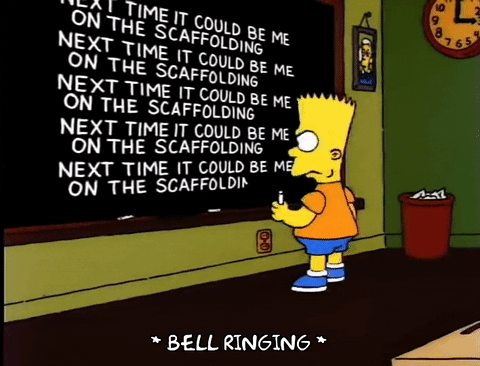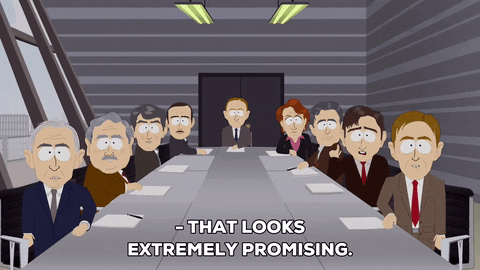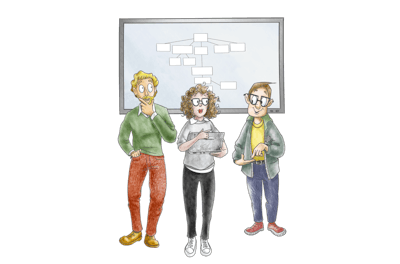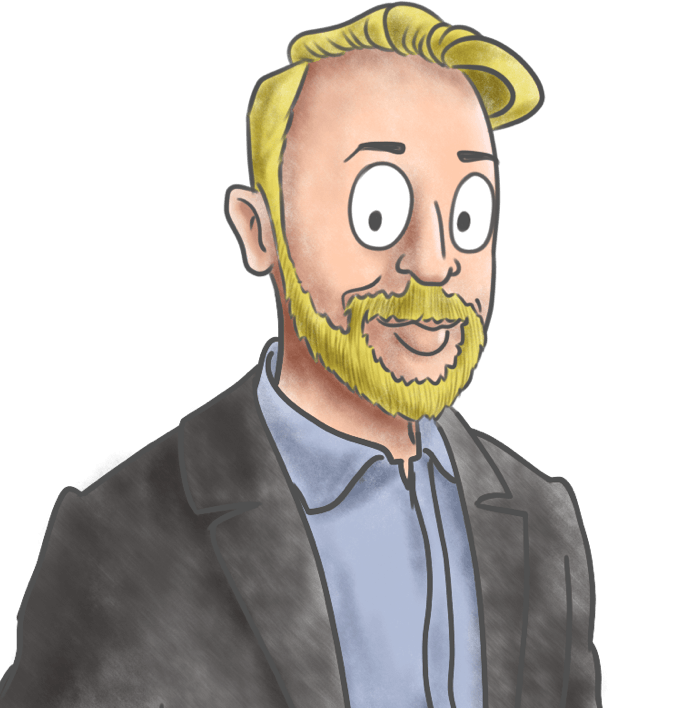This is part two of my series detailing and defining the FOREfront method, my customer service framework. Last week I gave a quick synopsis of the method, and how I use it to turn regular customers into raving fans. Check it out here.
We’re on to the specifics of the FOREfront method (Frameworks, Obsessives, Role-play and Embedding). We’ll start at the start with step one: Frameworks.
What are frameworks and why are they important?

To recap, frameworks provide structure. We need structure because customers aren’t always rational - they can be annoyed, short, passive-aggressive or my favourite (from a former life in hospitality), drunk and outright rude. So when the going gets tough, as a customer-facing employee, you need all the tools at your disposal so you can turn that situation into a delightful one, not one you might regret later, or one that could even cost you your job.
Basically, in the context of customer service, you use frameworks to structure your interactions with customers. They’re important because they allow you to fit the million different scenarios a customer will throw at you into neat boxes with a clear focus and outcome.
What frameworks can I use?
I’m going to give you an overview of a couple that I’ve already covered before, and go into more detail of one I haven’t written about yet. They are:
- Acknowledge, align, assure: For turning a negative customer interaction into a delightful one.
- PAINT: For structuring meetings so nobody walks away wondering why that meeting couldn’t have been an email.
- Standards and Extras: For setting boundaries between what is and isn’t included in your services, without disappointing the customer.
Of course, there are a million different frameworks you can use out there. The above are three that we use every day at Yarno, which I picked up over a lifetime working in customer service.
Acknowledge, align, assure (“AAA”)
I’ve already posted on LinkedIn about this framework before, so I won’t spend too long here, I don’t want you calling me a one-framework-pony.
BUT it is a very important and powerful tool for levelling up your customer service game, so I can’t ignore it completely either.
What is the acknowledge, align, assure framework?
I can’t take credit for it - it was originally developed by Ritz Carlton and popularized by Apple. Basically, it consists of three steps that can be used to turn any problem, or issue a customer has into an opportunity to delight them.
The three steps are super simple. When a customer comes to you with a problem, you:
- Acknowledge the problem. It’s important to acknowledge the customer’s feelings and experiences before rushing in and fixing it. We all like to be heard, so acknowledging the problem is just as important as fixing the problem itself.
- Align yourself with the customer. It’s not you versus the customer, it’s you and the customer versus the problem. Show them you’re on their side, that you’re a team.
- Assure them that the problem will be fixed as soon as possible. Give them a timeline, tell them that if you can’t fix it right here right now, it won’t be too much longer because you’ve got the very best people working to fix it.
That’s it! Simple as. It takes a bit of practice to learn how to phrase your interactions so they don’t come off cheesy or insincere, but we’ll talk about that when we come to step three of the FOREfront method - Role-play.
PAINT
I covered this one in the last post, and we’ve also already written about it on our Yarno blog, so I won’t spend too long. I’ll just give you the TLDR:

The PAINT framework allows you to exercise meeting control, so that every meeting is a fruitful one. To PAINT a meeting you:
- Purpose: Start the meeting with a Purpose, where you define and share the reason for the meeting. This ensures everyone knows what they’re here for, and prevents the meeting getting off-track.
- Agenda: Prior to every meeting, whoever is running the meeting shares an agenda. This provides a clear map of what is being discussed, and again, prevents side-tracking.
- Input: If you’re organising the meeting, you ask for input on the agenda. This allows others to add anything they need to talk about to the agenda.
- Time: Clarify the amount of time set aside for the meeting. Doing so eliminates the chances of needing to cut the session short, or going over. It's a great way to respect everyone's time.
Standards and extras
This isn’t a framework of my own device and instead was taught to me via one of my mentors, who was part of Shirlaws.
Standards and extras is merely defining what is standard under your agreement, and what is extra, or something that is outside the agreement and should involve extra fees. Simple stuff, right? Well yes, but like everything customer service, doing it right requires a bit of finesse.
To illustrate how standards and extras works, I'm going to give you an example of standards and extra’s done wrong:
You’ve taken your car to the dealership for the service. It’s the first time you’ve been to this particular dealership, and they do a fantastic job. You get your car back, and not only have they serviced the car, they’ve also cleaned it for you. So good! You feel absolutely delighted.
The next time, however, you go back to the dealership and they service your car, but that’s it.
No clean, just the service. You ask them why and they tell you cleaning is extra, they’d just provided it for free when you last visited because you were a first time customer.
That’s fair enough, you’ve gotten what you paid for. Yet, you walk away disappointed. You were expecting the extra, but you only got the standard.
Setting expectations
This is where the framework part of the standards and extras framework comes in. In the above scenario, the car dealership has set the boundaries of what is a standard and what is an extra service, but they haven’t set your expectations as to what’s standard and what’s not.
Rather, they’ve led you to expect a certain level of service, and disappointed you when it wasn’t provided the second time round.
The way to fix this isn’t to provide the extra for free, it’s to be upfront about what’s standard and what’s extra.
To go back to our above scenario, the dealership could instead have let you know the clean was usually an extra (and charged at $XYZ), but they’d provided it free of charge because you were a first time customer and they wanted to thank you for your business.
You still would have walked away with that delighted feeling, because they’d done that little bit extra for you. But, when you went back the second time and they didn’t provide the complimentary cleaning, you wouldn’t have left feeling disappointed, because you weren’t expecting a clean free-of-charge.
Managing customer interactions with the standards and extras framework

The standards and extras framework really just requires you to set expectations by being clear about your boundaries. It’s simple, but critical stuff. If you’re upfront, honest, you’ll find people keep coming back, because they’ve never felt disappointed by your service. It is also a great way to ensure that you are paid fairly for the work you are doing.
I also have a real-life example of the standards and extras framework: In my previous life I worked in a customer facing role in a digital agency. In the last few months (as we were winding up the business and I was moving to Yarno) I introduced this framework. Anyone who has worked in an agency before would appreciate how many little things that you do as an account manager that should technically be billed, but often are not because you are always striving to keep the customer happy. The final 2 months of billing at the agency were some of the highest we had in 5 years of running the business. Why? Because we were billing for every little ‘extra’ thing we did and we communicated this to our customers as being ‘extras’ and outside the standard agreement.
How many customers did I lose? Zero.
Not one person upped and left us. In fact, I continued to service many of these customers over the next 12 months as a freelancer as we started to build Yarno’s platform.
Wrap up
Frameworks allow you to make sense of the nebulous interactions you have with customers every day. Customers are unpredictable, each one unique. Frameworks mean you have a plan in place to meet any need a customer has, and ensure they walk away delighted. So delighted they might even tell their friends, family, and the whole wide internet about you. So delighted they become a raving fan.

